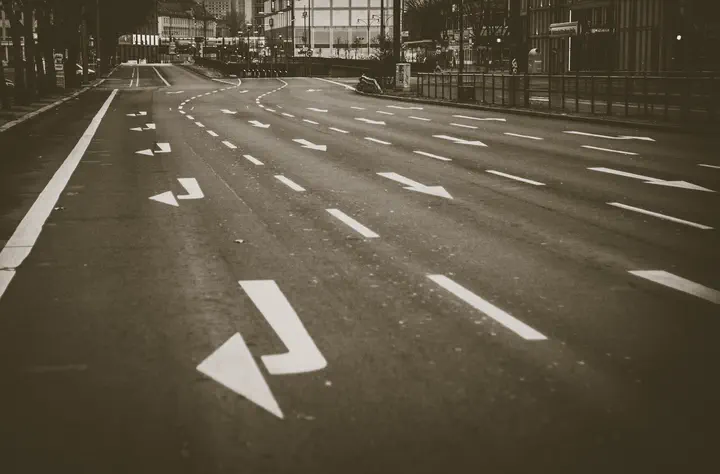Space Wars - Finding an Economically Efficient Allocation of Street Space Across Different Transport Modes

Abstract
This paper analyzes how street space should be allocated across cars, buses, bicycles, and parking in order to maximize economic efficiency. Accordingly, we set up a nested logit model reflecting user heterogeneity, cross-congestion effects between transport modes, and relevant transport demand elasticities. Simulations are conducted for Berlin, Germany and New York City, USA. We find that re-allocating street space from cars to buses and especially bicycles improves efficiency. Effect magnitudes and the extent of optimal re-allocations vary between cities. We also shed light on the channels through which re-allocations impact on efficiency.
Type